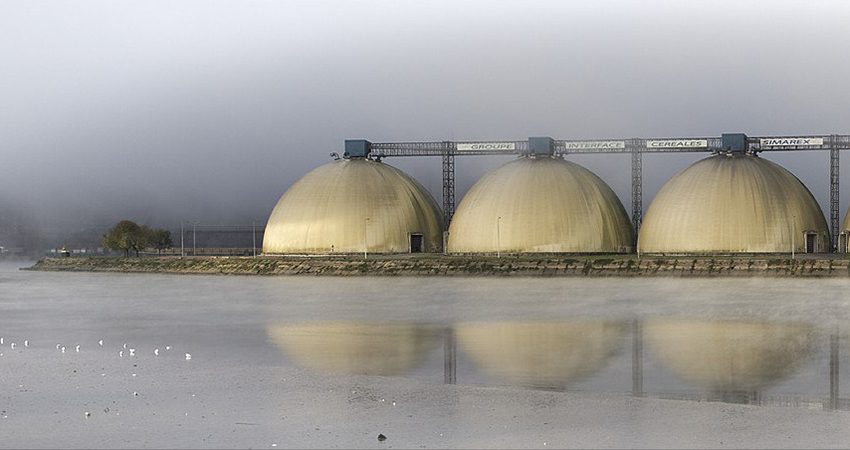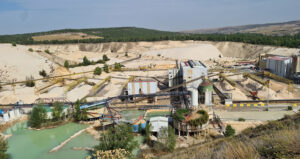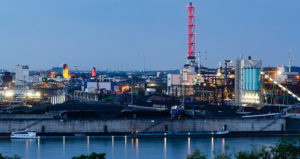UN-report: ‘Industry biggest user of Europe’s water’

-
 Fergal MacErlean
Fergal MacErlean
Share article:
In Europe industry is the biggest user of water. Utilising a hefty 45 per cent the European industry uses annually more water than agriculture (30%). In Europe municipalities are withdrawing the smallest amount of water (26%). In other parts of the world agriculture is the biggest water consumer, according to the recently launched UN World Water Development Report.
Launched in conjunction with World Water Day, on 22 March, the United Nations World Water Development Report (WWDR) report notes a regional distribution where industrial withdrawals averaged 17% of total water use in high-income countries but only 2% in low-income countries. The average for industrial water withdrawals hides a massive range, from 49–96% in the European Union (with the highest level in Estonia), to 0–5% in many countries of various income levels in other regions. In South Asia agriculture uses 91%, industry only 7% and municipalities 2%.
Water use efficiency improved
A positive finding is that, globally, water use efficiency rose by 9% from 2015 to 2018. All economic sectors have seen an increase in their water use efficiency between 2015 and 2018: the industrial sector by 15%, and by 8% in the services and agriculture sectors. The report notes that the industrial sector has experienced the largest net efficiency gains from 2006 to 2018, which it believes is due to the transformation of thermal cooling for energy production, industrial processes and heating systems. The European industry knows it has to be ambitious to safeguard water resources.
Water stress
Looking at the close relationship between water use efficiency and water scarcity the report includes the latest findings that Europe, Southern Asia and Northern America reduced their water stress level between 2008 and 2018. During the period, change in the level of water stress was most notable for Europe, with a decrease of -14.7%. Three out of seven SDG regions had water stress values above 25% in 2018, including Central and Southern Asia with high water stress and Northern Africa with critical water stress. Previous published reports had indicated a much lower level of water stress based on less accurate assessment methodologies.
Working on solutions
The report also highlights the SME Connect network of small and medium enterprises in the European Union which has an SDG 6 working group, and aims, among other things, to build networks of knowledge and support better water policy/regulations in Europe and worldwide. This includes finding solutions for challenges related to industrial wastewater.
Increasing water demand
Globally, water use has been increasing by roughly 1% per year over the last 40 years with most of this increase concentrated in middle- and lower-income countries. It is estimated that global demand for water will continue to increase at an annual rate of approximately 1%, resulting in an increase of 20% to 30% by 2050 (with a margin of error of more than 50%). Real growth in water demand will be highly dependent upon measures implemented to improve water use efficiency, the 2023 edition of the UN states.
Partnerships to accelerate progress
The WWDR ‘Partnerships and cooperation for water’ directly informed the UN 2023 Water Conference, held in New York in March, which was the first major UN event dedicated to water since 1977. It describes how building partnerships and enhancing cooperation across all dimensions of sustainable development are essential to accelerating progress towards all the targets of Sustainable Development Goal (SDG) 6 and realizing the human rights to water and sanitation. The 212-page report highlights that the move to achieve SDG 6 is off-track.


















